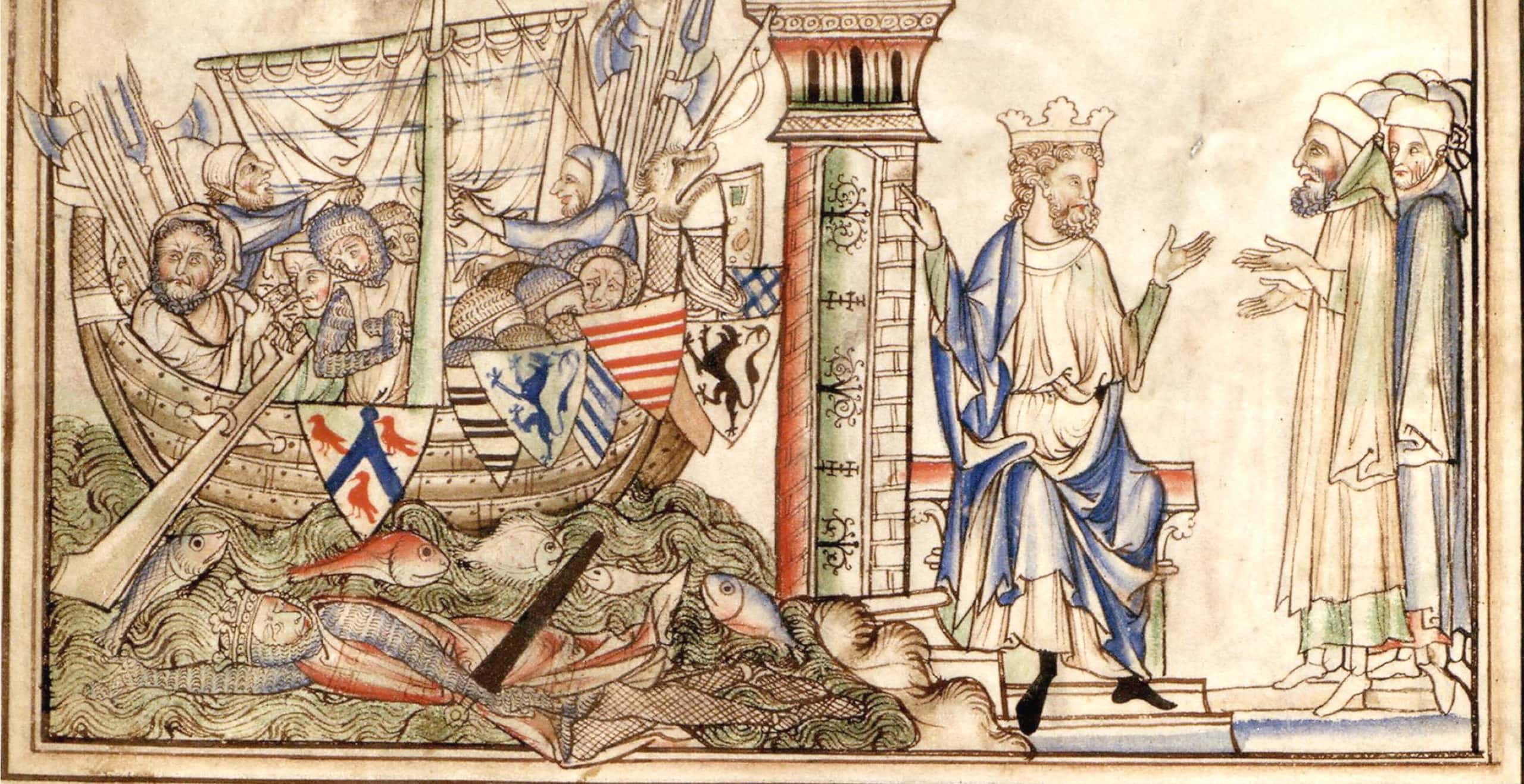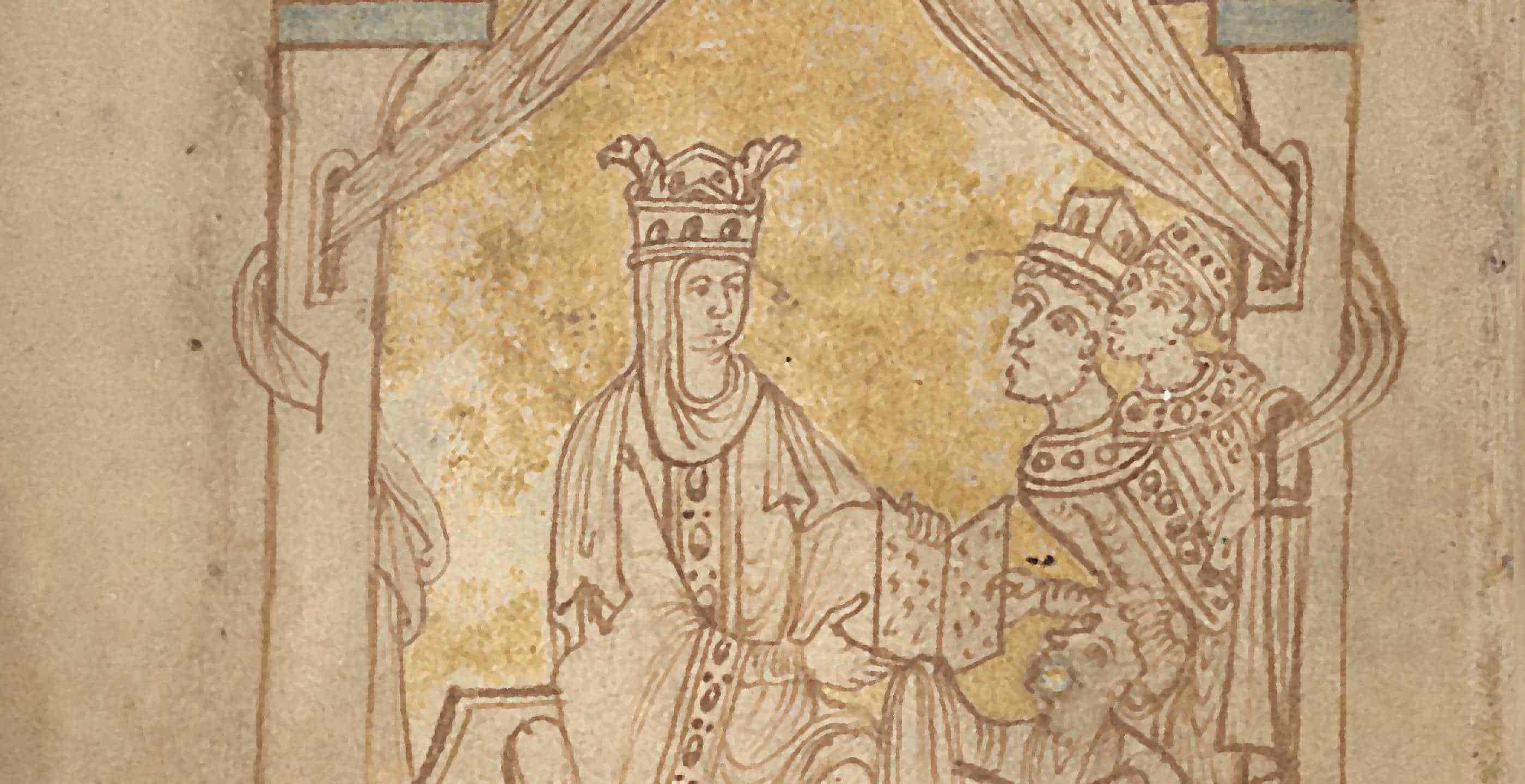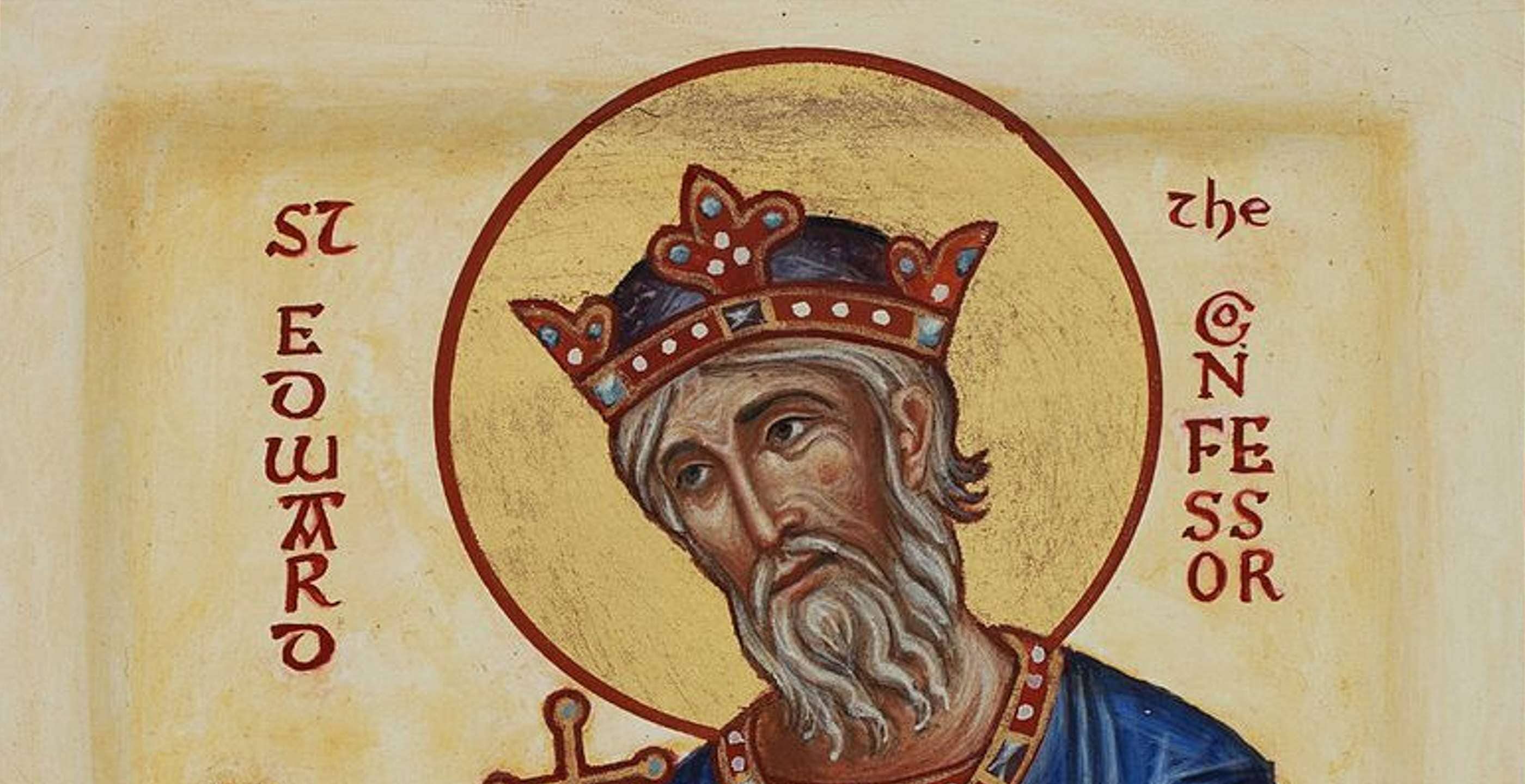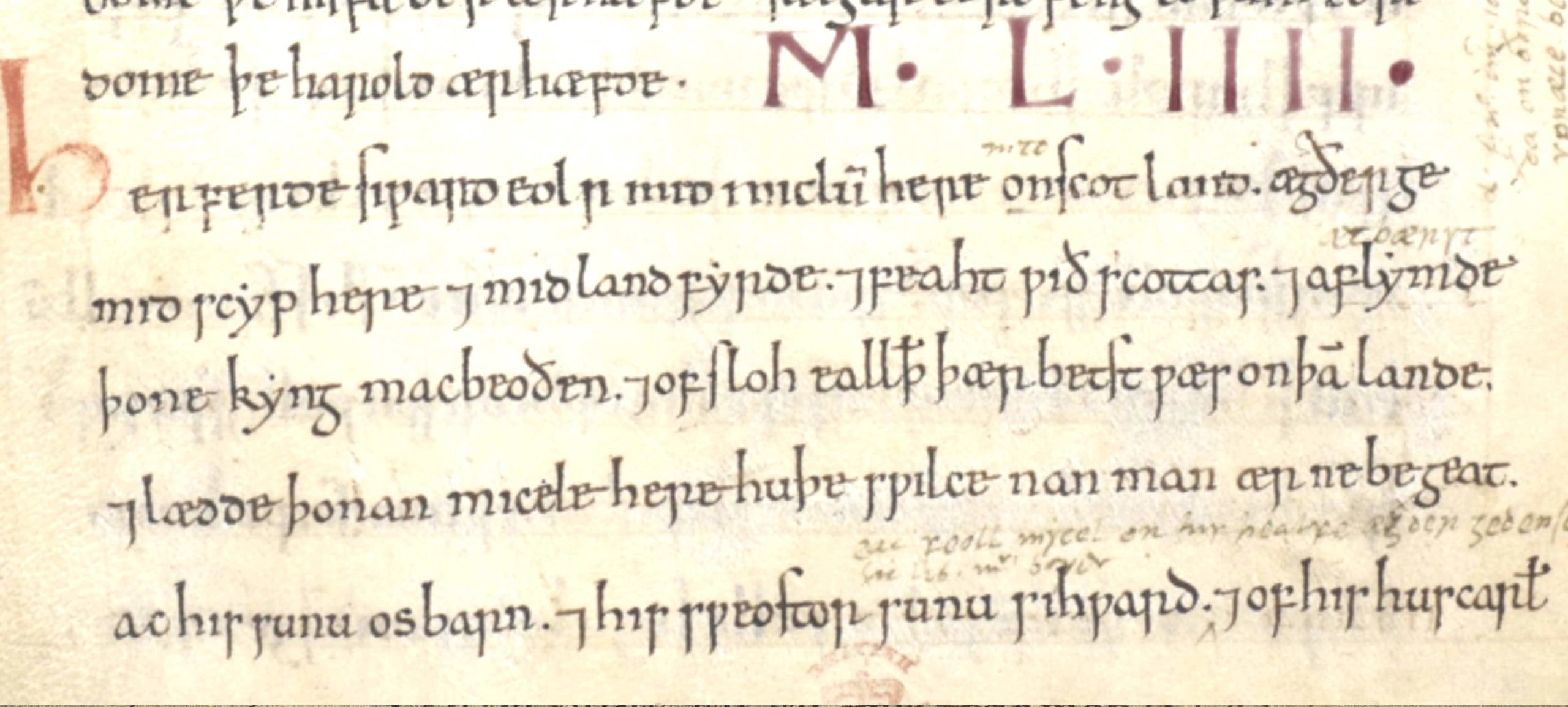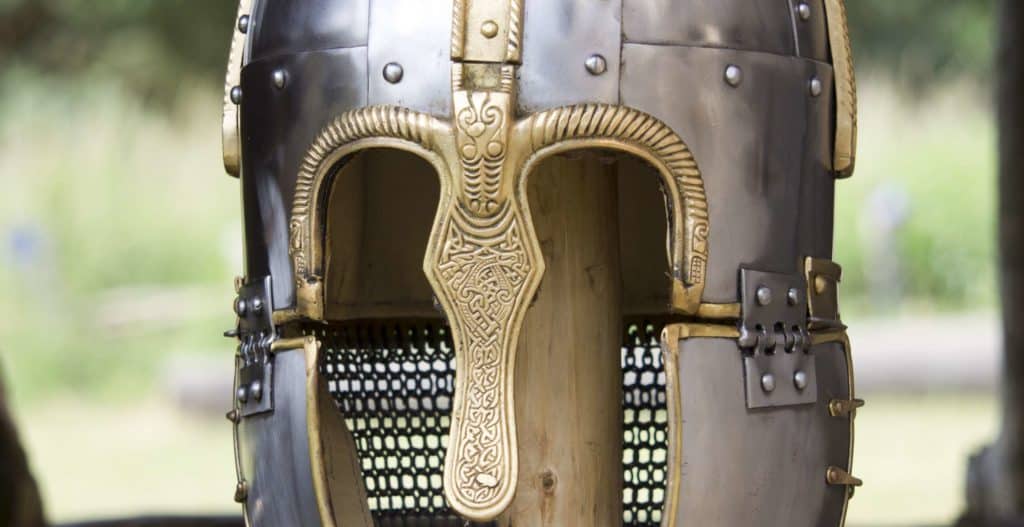The word Kingmaker often evokes the image of Richard Neville, Earl of Warwick, who featured prominently in various plays for power during the Wars of the Roses. But, several hundred years before Warwick’s schemes, another man earned the title of Kingmaker: Godwin, Earl of Wessex.
Around the year 1018, Godwin was granted the Earldom of Wessex by King Cnut, pulling him out of relative obscurity in the annals of history. Godwin, who is believed to be the son of a thegn from Sussex, grew into influence during the reign of King Cnut. His position as a close advisor of the King remained strong throughout Cnut’s reign, even leading him to travel with Cnut to Denmark and marry Gytha Thorkelsdóttir, whose brother was married to Cnut’s sister.
At the time of Cnut’s death in 1035, a power struggle ensued between his sons from his first, sometimes referred to as illegitimate, marriage to Ælfgifu of Northampton, and Alfred the Aethling, son of Æthelred the Unready. This struggle for power was made more complicated by the fact that Alfred and his brother, future King Edward the Confessor, were both Cnut’s stepsons through his second marriage to Emma of Normandy.
Godwin threw the full weight of his influence behind the claim of Cnut’s son Harold Harefoot and his determination to secure the crown for Harefoot led him to blind Alfred the Aethling in 1036 during Alfred’s campaign to regain the throne. The Anglo-Saxon Chronicle paints the picture of a deceitful Earl Godwin claiming to be loyal to Alfred, only to turn on the young prince, “At that moment, however, he was seized and bound together with all his men. Nine tenths of them were then murdered. And since the remaining tenth was still so numerous, they, too, were decimated. Alfred was tied to a horse and then conveyed by boat to the monastery of Ely. As the boat reached land, his eyes were put out. For a while he was looked after by the monks, who were fond of him, but soon after he died, probably on February 5, 1036.” (Anglo Saxon Chronicle)
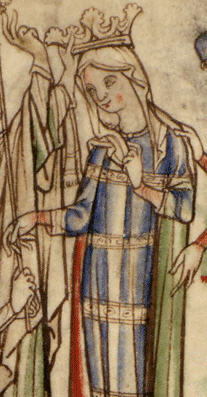
Godwin continued to be loyal to kings who would best ensure his position of power. Despite his previous support of Cnut’s son by his first wife Ælfgifu, in 1040 upon Harold’s death Godwin then threw his support behind Harthacnut, Cnut’s son by Emma of Normandy. Changing sides once again, upon Harthacnut’s death in 1042 he moved his support to the son of Æthelred the Unready, Edward the Confessor, despite the crimes he had committed against Edward’s brother years prior. He further cemented his power three years later by marrying his daughter, Edith, to King Edward in 1045.
Godwin’s loyalty to Edward waned as he became increasingly opposed to the growing Norman influence that Edward exemplified and, only five years after his daughter’s marriage to the King, Godwin and his sons were exiled in 1051. Godwin would not give up his grip on power easily and was restored to his position as Earl of Wessex after an armed campaign into England the following year.
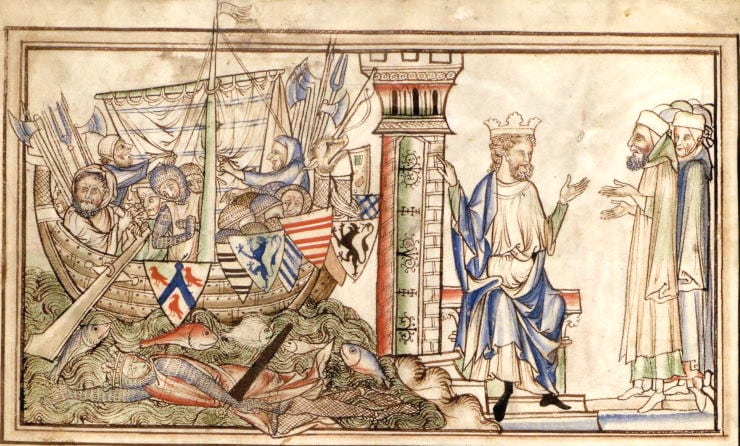
Godwin died soon after his restoration to the Earldom of Wessex from a sudden illness, which some later chroniclers tie to an embellished tale that involves Godwin claiming false innocence in the killing of Alfred the Aethling, though that appears to be Norman propaganda rather than a true representation of his demise.
Godwin’s legacy as a Kingmaker only continued to strengthen after his death. Godwin’s son, Harold, took over his father’s earldom and powerful influence and his other sons went on to gain increasing positions of authority across the country. When Edward the Confessor died in the year 1066, Harold Godwinson succeeded to the throne of England and Godwin accomplished what even the most notorious Kingmaker Richard Neville could not: his child reached to the highest office in England, even if the reign was cut short by William the Conqueror after just nine months.
Madison Zimmerman is a Marketing Professional with a degree in International Relations and History. She has a passion for all things British History, with a particular affinity for the Early Medieval and Tudor periods.
